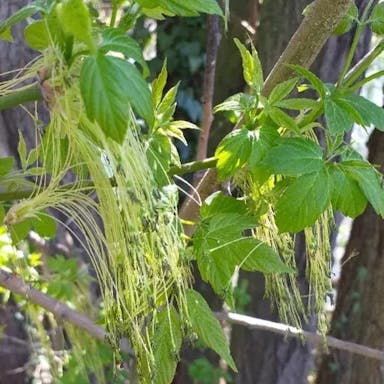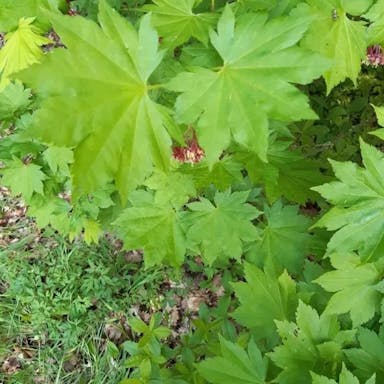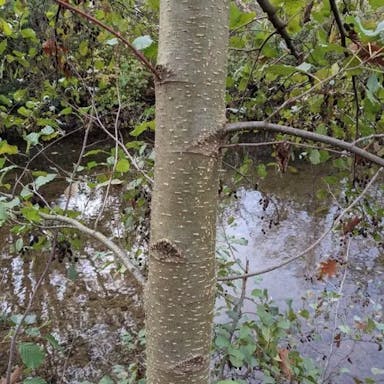Catalpa ovata, commonly known as Chinese catalpa, is a plant species that belongs to the Bignoniaceae family. It is native to China and can be found in various regions across the country. The leaves are large, heart-shaped, and arranged in an opposite pattern along the branches. The flowers are tubular in shape and have a white or pale yellow color. They are arranged in clusters and bloom during the summer months. The fruit is a long, cylindrical capsule that contains numerous small seeds. The capsules are green when young and turn brown as they mature. This tree is often used in landscaping due to its attractive foliage and showy flowers. In Chinese culture, the catalpa tree symbolizes strength and resilience. The plant grows in tropical climates and requires regular watering. It propagates easily through leaf cuttings. Pests and diseases must be controlled.
0
0












